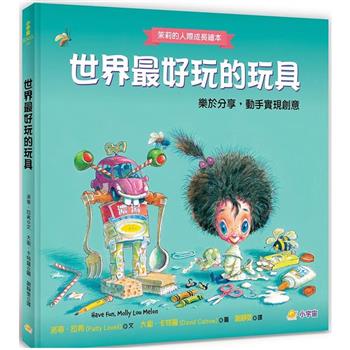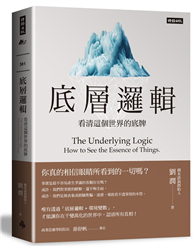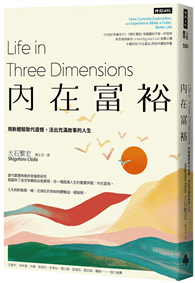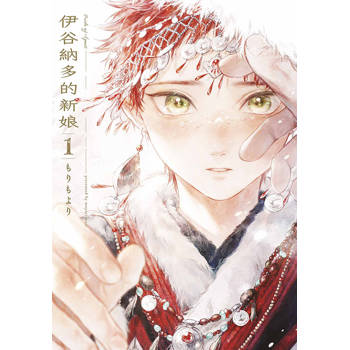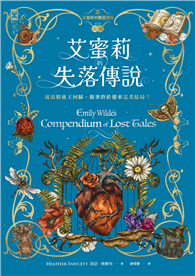Rollo’s Museum by Jacob Abbott is a delightful addition to the Rollo Series, offering a blend of adventure, education, and moral lessons through the engaging experiences of young Rollo. This book centers around Rollo’s quest to create his own museum, providing readers with valuable insights into natural history, collection practices, and the joy of learning.
The story begins with Rollo, a curious and industrious boy, who is inspired to start a museum of his own after visiting a real museum. Enthusiastic about his new project, Rollo embarks on a journey to collect various objects of interest, ranging from minerals and plants to artifacts and curiosities. His ambition is to create a space where he can display and share his collections, much like the museums he admires.
Jacob Abbott’s writing is known for its clarity and didactic approach, and Rollo’s Museum is no exception. Abbott seamlessly integrates educational content with storytelling, making learning an enjoyable experience. Through Rollo’s endeavors, readers are introduced to the basics of natural history, taxonomy, and the importance of careful observation and documentation. The book serves as an informal guide to setting up a museum, with practical advice on collecting, preserving, and cataloging items.
Rollo’s character is relatable and inspiring, embodying the curiosity and determination of young learners. His interactions with family members, particularly his supportive parents and wise Uncle George, add depth to the narrative. Uncle George, in particular, plays a pivotal role in guiding Rollo, offering advice and sharing knowledge that helps Rollo refine his museum project. These family interactions highlight the themes of mentorship and the value of intergenerational learning.
The novel also emphasizes the importance of perseverance and attention to detail. Rollo faces various challenges in his quest to build his museum, from finding suitable specimens to learning how to properly preserve them. Through these experiences, he learns the importance of patience, hard work, and a methodical approach to achieving his goals. Abbott uses these challenges to impart moral lessons, demonstrating how diligence and persistence lead to success.
Rollo’s Museum is rich with descriptive passages that bring Rollo’s collections and the natural world to life. Abbott’s attention to detail in describing the objects Rollo collects and the processes he follows enhances the reader’s understanding and appreciation of the natural world. These vivid descriptions not only make the story more engaging but also encourage readers to observe and appreciate their own surroundings more closely.
The book also touches on the theme of sharing knowledge. Rollo’s desire to create a museum is driven by his wish to share his discoveries with others, reflecting the importance of education and community. Abbott underscores the idea that knowledge is meant to be shared and that museums play a crucial role in educating the public.
Overall, Rollo’s Museum by Jacob Abbott is a charming and instructive tale that continues to captivate readers. Its blend of personal growth, family support, and the joy of discovery makes it a valuable addition to any young reader’s library. Whether you are a child interested in starting your own collection or an adult looking for a nostalgic and enlightening read, Rollo’s Museum offers a rich and rewarding experience.

